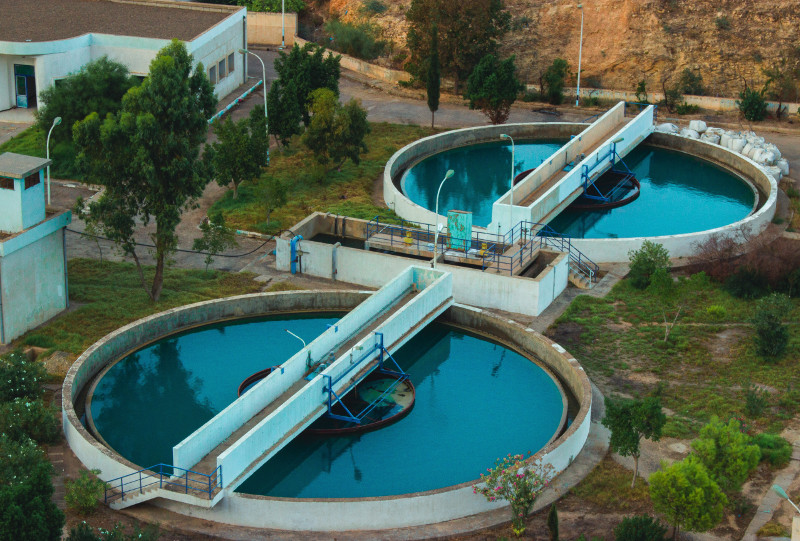| Categories: |
|---|
Estimated reading time: 4 minutes
Every business complying with environmental laws can be profitable and sustainable while operating responsibly. Learning how to go beyond minimal permit compliance requirements to avoid regulatory compliance enforcement actions is as important as are other aspects of your job or operations when you are responsible for environmental permits.
The rapidly warming climate and resulting more frequent and severe weather patterns such as megadroughts, massive wildland fire, severe flooding, hotter summers, and colder winters affect environmental permit holders in unpredictable ways. To avoid permit compliance actions under these uncertain conditions permit holders need to understand the context for environmental regulations.
Congress passes environmental laws such as the Clean Water Act, National Environmental Policy Act, and the Endangered Species Act and directs specific federal agencies to enforce them. For water-related laws the EPA almost always delegates enforcement to Tribes and States.
State legislatures write their versions of the laws into statutes and the state’s environmental regulatory agency creates regulations to comply with the statutes. The regulatory agency’s sole responsibility is demonstrating to the legislature that their permits comply with state statutes and that they enforce permit holder compliance with permit conditions. They do not need to prove harm or adverse impacts to landscapes, fish, wildlife, livestock, or humans because the regulations assume permit conditions ensure no adverse effects on the natural environment.
This assumption is seen in non-environmental regulations in daily life. For example, having lower speed limits in school zones than in the surrounding residential or commercial areas is intended to protect students who might pay no attention to traffic when coming to and going from the school. This means that when a school zone is marked for 20 mph from 7:00 AM to 5:00 PM when schools are in session a law enforcement officer can ticket a car traveling at any speed greater than 20 mph at all times between those even when there’s no child, adult, or other vehicle present. It doesn’t matter that the intent of the speed limit (to protect children outside the school) doesn’t apply. The sign says 20 mph and any exceedance can result in a fine.
Environmental regulations are enforced in the same way. If a point source discharges storm waters that leave more sediment particles then allowed by a permit condition along the receiving water’s banks the regulator can impose a fine for harming ESA-listed fish habitat even if that reach of stream has no such fish known to occupy it at any time in their life cycle.
This is the background for the first principle for avoiding compliance enforcement actions: you’re guilty unless you can prove you’re innocent.
The second principle for avoiding compliance enforcement actions is to accept that permit conditions reflect the regulator’s response to the legislature, not to your business or the local environment in which you operate. Documenting your compliance with all permit conditions is insufficient to effectively defend yourself when the local environment changes and in litigation when your are sued by neighbors, an environmental NGO, or other non-regulatory individuals or groups alleging your operations adversely affect water quality, fish, or wildlife.
To protect yourself in these uncertain future conditions you must move beyond the minimal permit conditions and invest in a program that’s specific to your operation and location; one that provides technically sound and legally defensible documentation that your operation does not harm whatever the regulator or litigant alleges. Think of this as environmental insurance; you hope you never need it but are grateful you have it when it’s needed.
The third principle of avoiding compliance enforcement action is to use the knowledge you gain about the local ecosystem’s dynamics and how your operations interact with it. This allows you to quickly adjust to changing conditions with minimal time, effort, and cost. Your environmental knowledge can be as critical to your operation’s sustainability and profitability as are your knowledge of resources, production, and markets.
This work was originally published on the Applied Ecosystem Services, LLC web site at https://www.appl-ecosys.com/blog/avoid-compliance-actions/
It is offered under the terms of the Creative Commons Attribution-NonCommercial-NoDerivatives 4.0 International license. In short, you may copy and redistribute the material in any medium or format as long as you credit Dr. Richard Shepard as the author. You may not use the material for commercial purposes, and you may not distribute modified versions.


